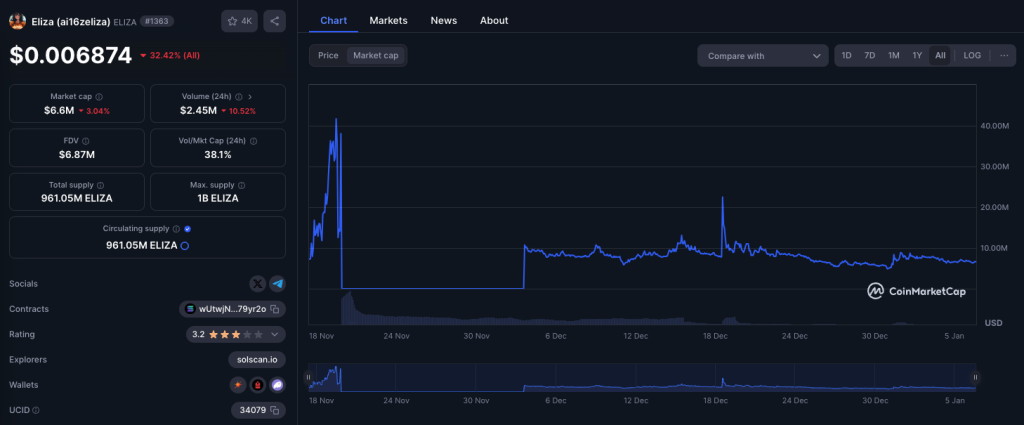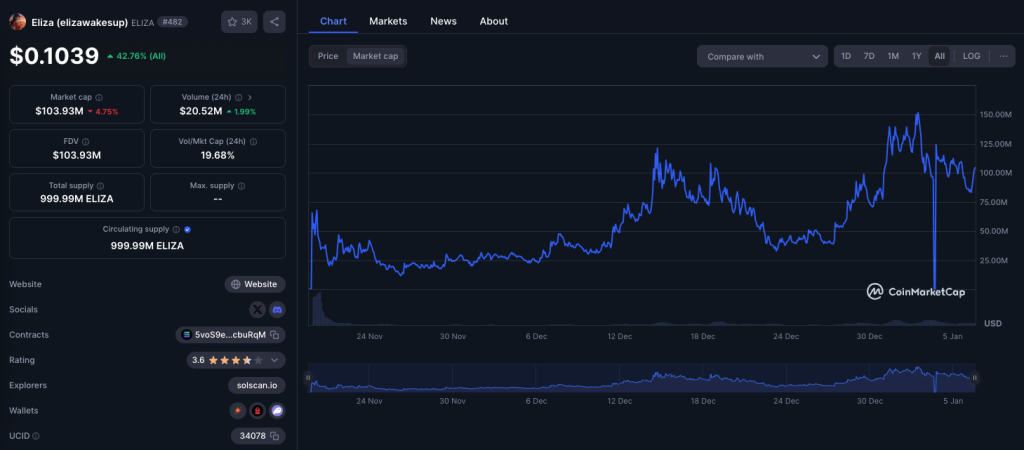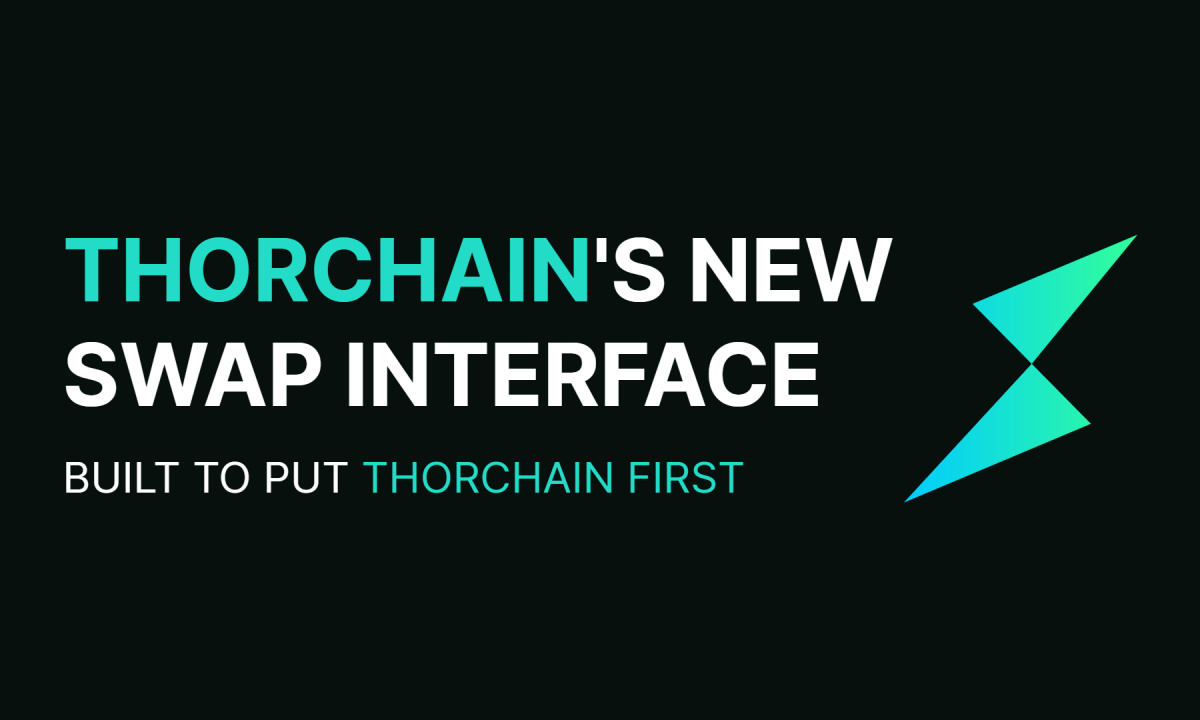Key Points:
- HTN integration enables Eliza v2 to manage complex, long-term objectives through sophisticated task networks.
- The hierarchical task network methodology simplifies task planning by classifying activities into primitive, compound, and goal-oriented structures.

While the original ELIZA token experienced market volatility, dropping from $40 million to $3 million in capitalization, the technological developments in Hierarchical Task network integration promise meaningful improvements in autonomous decision-making processes.
Ai16z to Integrate Hierarchical Task Networks into Eliza v2
As announced by founder Shaw, the integration represents a vital step toward achieving Stage Three autonomous agent capabilities, moving beyond simple task execution and signal-based responses.
The implementation focuses on enabling agents to handle complex, long-term objectives through sophisticated task networks and adaptive strategies.
The integration will enhance Eliza v2’s ability to construct thorough task hierarchies, explore multiple strategies, and continuously adapt to changing conditions, addressing one of the most challenging aspects of agent development, which is managing time-horizon goals and autonomous decision-making processes.
ELIZA Token: Original vs New
Recent advancements in ELIZA’s framework have ignited confidence and debate within the memecoin community.
Following its launch on vvaifu.fun and initial market success, reaching a $50 million market cap, the project encountered significant turbulence when Shaw, the anonymous developer, shifted support to a new ELIZA token (V2).
The thereof pivotal decision triggered a dramatic 65% price decline in the original Eliza token (ai16zeliza), with its market capitalization plummeting from $40 million to approximately $6 million as of this writing.

Meanwhile, the new ELIZA token (elizawakesup) experienced substantial growth, achieving a $100 million market cap post-launch.

The controversy has prompted investigations into potential insider trading and raised questions about project management, while industry figures like Justin Sun have expressed continued interest in the original ELIZA project.
Read more: AI Agent Tokens Debate Intensifies Amid Volatile Price Swings
What is Hierarchical Task Network?
Hierarchical Task Network (HTN) planning represents a method in artificial intelligence that organizes automated planning actions through structured, hierarchical networks showing clear relationships between tasks.
Within this framework, tasks are categorized into three distinct types: primitive tasks for direct actions, compound tasks requiring decomposition into simpler components, and goal tasks focused on achieving specific objectives.
According to Wikipedia, the system operates through structured networks that clearly define task interdependencies and execution constraints, utilizing formalisms such as TAEMS for representation.
Notable implementations include NOAH, Nonlin, SIPE-2, O-Plan, and SHOP2, each contributing to the evolution of HTN planning.
While demonstrating higher expressiveness than STRIPS, HTN planning’s complexity ranges from NP-complete to 2-EXPSPACE-complete, with certain problems efficiently translatable into PDDL format.
| DISCLAIMER: The information on this website is provided as general market commentary and does not constitute investment advice. We encourage you to do your own research before investing. |























